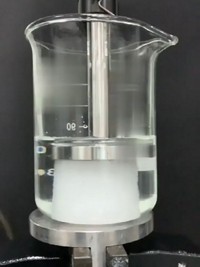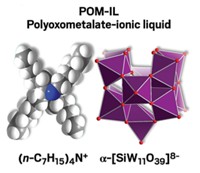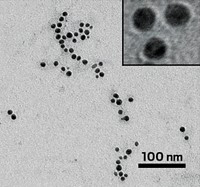Advertisement
Grab your lab coat. Let's get started
Welcome!
Welcome!
Create an account below to get 6 C&EN articles per month, receive newsletters and more - all free.
It seems this is your first time logging in online. Please enter the following information to continue.
As an ACS member you automatically get access to this site. All we need is few more details to create your reading experience.
Not you? Sign in with a different account.
Not you? Sign in with a different account.
ERROR 1
ERROR 1
ERROR 2
ERROR 2
ERROR 2
ERROR 2
ERROR 2
Password and Confirm password must match.
If you have an ACS member number, please enter it here so we can link this account to your membership. (optional)
ERROR 2
ACS values your privacy. By submitting your information, you are gaining access to C&EN and subscribing to our weekly newsletter. We use the information you provide to make your reading experience better, and we will never sell your data to third party members.
Environment
Paper Versus Pathogen
Water Treatment: Filter paper containing silver nanoparticles could cleanse bacteria-laden water
by Janet Pelley
February 16, 2011

For the one billion people worldwide who don't have access to clean drinking water, purifying water usually involves costly filtering devices or toxic chemicals. But a new study shows that killing pathogenic bacteria may be as easy as filtering water through paper containing silver nanoparticles (Environ. Sci. Technol., DOI: 10.1021/es103302t). The concept could provide a cheap, portable, and nontoxic way to purify water on a small scale.
"Silver has had millennia of use as a bactericide," says Derek Gray, a chemist at McGill University. He and chemist Theresa Dankovich dipped 0.5 mm thick sheets of filter paper in a silver nitrate solution. To form the nanoparticles, they reduced the silver by bathing the paper in sodium borohydride. They then used the paper to filter a brew of pathogenic bacteria, at a concentration commonly found in ditches.
Paper containing 5.9 mg silver per gram of paper killed nearly all the bacteria and met Environmental Protection Agency standards for water purification devices, which require reducing bacterial numbers by 5 orders of magnitude. The amount of silver leaching from the paper—just 0.0475 ppm—also met the EPA safe drinking water standard.
"However, we need to use real ditch water to verify the technology under field conditions," Dankovich says. Ditch water contains a complex mix of inorganic and organic contaminants that could interfere with the bactericidal action of the paper, she says. She and Gray hope that once commercialized, the purifying sheets would cost little more than a piece of paper.





Join the conversation
Contact the reporter
Submit a Letter to the Editor for publication
Engage with us on Twitter